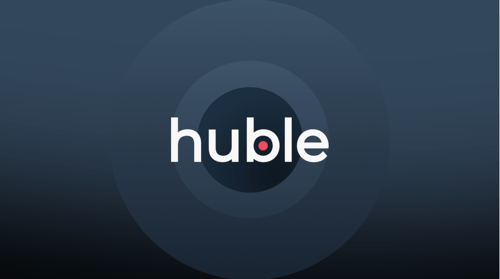Should your business embrace the “headless” approach to content management? Or are less complex and more traditional CMS systems better suited to your needs? In this blog post, we unpack the advantages of headless CMS before exploring how HubSpot’s headless capabilities help companies efficiently manage multiple digital properties.
When computer scientist Tim Berners-Lee built the first website in 1991, he used a simple Content Management System (CMS). While features like front-end templates, back-end interfaces and plugins have been added, traditional CMS has largely followed the same principles for over three decades. In short, content is stored in the back end before being delivered to users over one front-end platform — usually a website.
Traditional CMS is called “monolithic” because all storage and distribution functionality is packed into a single system. The monolithic nature of old-school CMS also extends to how content is managed: from images and copy to CSS and HTML, all elements of content are placed into one big bucket.
The downside to this approach is that content mixes with code, making it impossible to publish the same piece of content across multiple digital end-points such as mobile sites, apps, digital displays or conventional websites.
Headless CMS has emerged as a solution for flexibly distributing content across many contexts. But what is headless CMS? And will your business benefit from a headless approach to CMS? Let’s find out.
Sometimes, no heads are better than one: the advantages of headless CMS
Traditional CMS is made of a body and a head. The body consists of a database where content is stored and an interface where content can be edited or altered. The head is the webpage, where content is published for viewers to see.
Conversely, a headless CMS exclusively handles back-end content management and — unlike traditional CMS — headless CMS does not dictate how content is delivered to end-users. So, with the right APIs, you can use a headless CMS to publish content for different digital experiences.
Imagine, for example, that you need to publish one piece of content on multiple websites, where each website has been developed in a different programming language. At the same time, you’d like to present your content to a voice interface like Amazon Alexa and generate an XML file for your company podcast. Headless CMS enables you to publish to all of these platforms from only one interface.
From this example, you can probably tell that ‘headless CMS’ has been poorly named. In fact, headless CMS lets you send content to multiple heads, depending on your setup and preferences. With this in mind, here are some benefits of having a headless CMS:
-
Better security — headless content is removed from the front-end ‘presentation layer.’ This presents fewer access points for hackers to target.
-
Developer flexibility — as content is delivered over APIs, developers can choose their own front-end tooling. Tooling can also be changed at a later point without impacting the CMS.
-
Easier content management and editing — creating a single source of truth for all your content makes it easier to manage large volumes of digital assets. From an editing perspective, changing copies of images in the database will apply changes to wherever the content is located.
-
Publish at scale and to multiple channels — headless CMS enables multi-channel content distribution, making it easier to publish and adapt content that caters to different digital experiences.
But there’s no school like the old school: why there’s still a place for traditional CMS
Did you know that over half of all websites operate on traditional CMS like WordPress, Wix and Squarespace? For many companies, the monolithic CMS model is perfectly suited to help them achieve their business goals.
So, if you need a single low-code business website and blog that is easy to modify, then a traditional CMS is probably the best solution.
However, if you’re part of a large company that manages many assets and distribution channels, then a headless CMS might be your best bet. Fortunately, HubSpot gives you both options. Another bonus, HubSpot CMS is an ideal platform for creating robust, reliable and gorgeous-looking websites.
Can HubSpot be used as a headless CMS?
At Huble Digital, we use HubDB tables and the Symfony web application framework to turn HubSpot into a headless CRM.
Our solution is platform agnostic, meaning that as long as it’s properly set up in HubSpot, content can run equally well across more than one platform. HubDB tables can also include up to 10,000 rows — that’s more room for data than most enterprise-level organisations would ever need.
But the greatest benefits of using HubSpot as a headless CMS come from using HubSpot CRM to fully align your business. The HubSpot platform provides a single source of truth for all marketing, operations, sales and customer service data. By removing data silos, HubSpot encourages your teams to collaborate on providing winning customer experiences.
The same is true with a headless CMS, which provides a single source for all content management. When combined with a fully integrated platform, headless CMS empowers teams to collaborate on content strategies that better align with specific department goals. Considering the superior scalability afforded by headless CMS, this content can be delivered to customers faster than over traditional CMS — and over your customer’s preferred devices.
Need help turning HubSpot into a headless CMS?
Huble Digital has helped many companies to transform and grow their business using the HubSpot platform. If you’re looking to turn HubSpot into headless CMS, or you’re looking for a more traditional CMS with high levels of personalisation, then our in-house development team can help.
The first step is to get in touch and discuss your needs with our team. We can talk about how our tailored services can meet your requirements.









-3.png?width=500&height=320&name=Matt%20-%20imagery%20bank%20(8)-3.png)

